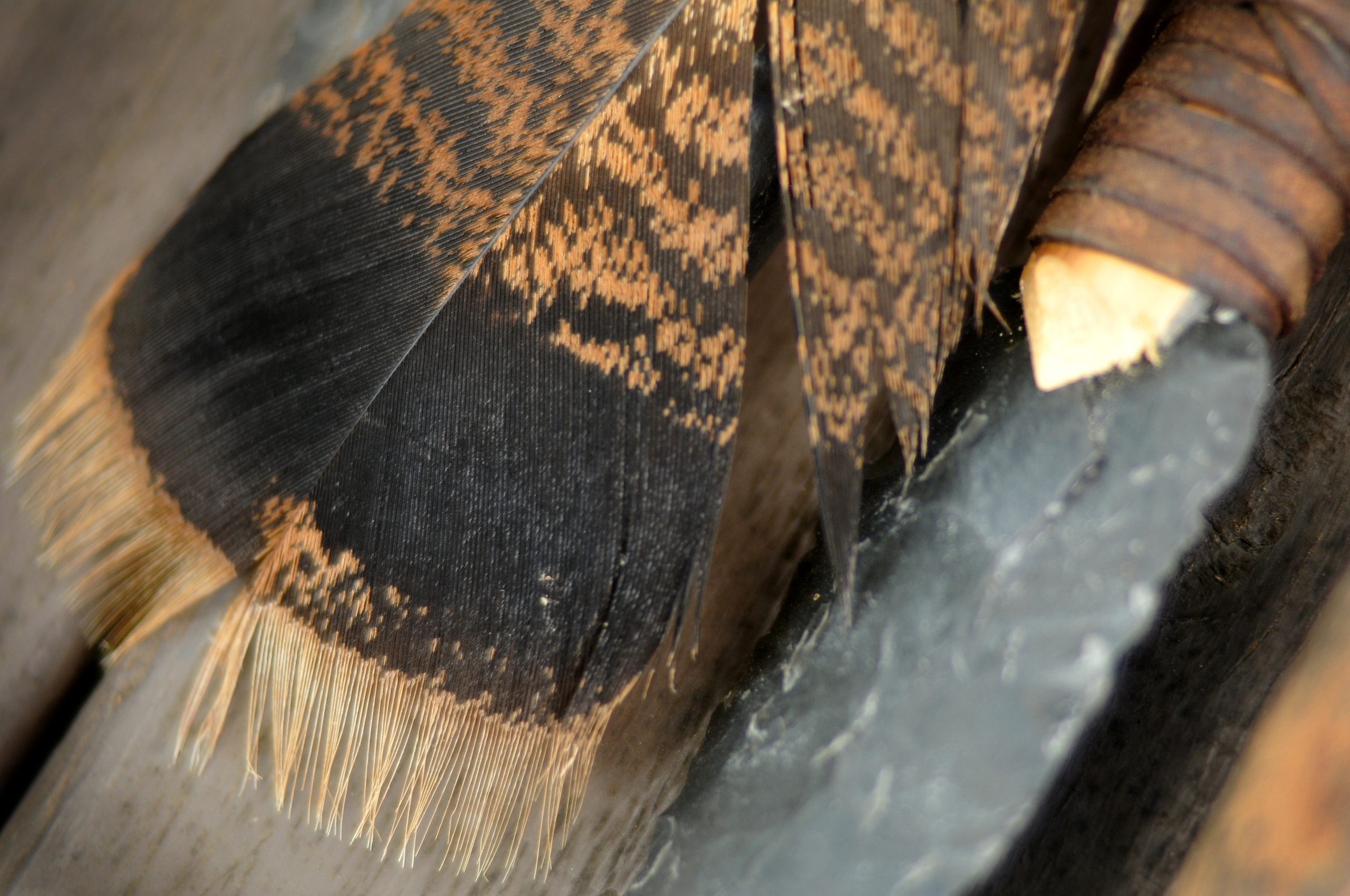Often I hear people, many times our own members, talking about the United Cherokee Nation of Indians need for “traditional” this or that.
To me, this is a great concern and an idea that requires clarification.
Obviously, to be considered “Indian” at all speaks of history and a people’s history contains much of their “tradition”. There is nothing wrong with having or enjoying one’s history or traditions. However, in the United States today, to be considered a “traditional Indian” is to be lumped with all the other Indians into some mental and social pigeon holes where we can be quickly labeled and forgotten.
In the “Handbook of Federal Indian Law” by Felix S. Cohen, Indians are listed as “…making significant and vital contributions to American art and craftsmanship and to our knowledge and enjoyment of the resources of forests, plains, streams and trails that were here long before white immigrants came…”. In other words, Indians’ contribution to America is the amusement of our white, anglo-saxon brothers and sisters while providing them with tapestries and trinkets to adorn their walls and themselves. This is the way that First Americans are viewed. This is what is expected from “traditional Indians”. We are thought of as anachronisms in buckskin, feathered headdresses and ribbon shirts; adorned in some strange tribal get-up, dancing around other Indians who are chanting and beating drums. Traditional Native Americans are considered wards of the state, people who need to be protected, pets. We are still thought of, as in this nation’s infancy, as children or, perhaps now, museum pieces.
To many, including some of our own membership, our attempts to become recognized by the U.S. have the simple goal of Federalization. You know…free college for the kids, the occasional monetary gift from Uncle Sam, maybe a new house from time to time. In other words: handouts. The basic premise of Federalism is this: If we are good little Indians and don’t cause any trouble, we will be given our allotments so that we can go off and live our meaningless little lives. Sadly, such is the situation that thousands of Indians find themselves in every day. If that is all we have to look forward to then the efforts of the United Cherokee Nation of Indians have been in vain.
Clearly, we must be very wary of the “traditional” approach. Our goals are not traditional. Without saying too much, we aim for a better understanding with the U.S. of our position as the “First Americans”. Indeed, we fully intend to achieve what has not been allowed since the 1870’s: a new and more fitting instrument of diplomacy with the U.S. You can call that “instrument” anything you like.
We are non-traditional in other ways, as well. For instance, most of our membership are only a small part Cherokee, some not at all, those having been admitted by adoption. In fact, we would be most accurately described by the vision of one Cherokee woman: White on the outside but red on the inside.
As I indicated at the outset, there is nothing wrong with knowing and appreciating one’s history and “the old ways”. However, those of us who claim to be part of the United Cherokee Nation of Indians, because of our different claims, origins and goals, must be careful of our reliance on tradition. Our path is a bit of a tightrope. We choose to recognize our Cherokee history but we must be different in many fundamental ways or else nothing we do will be noteworthy, either to us or the U.S.


